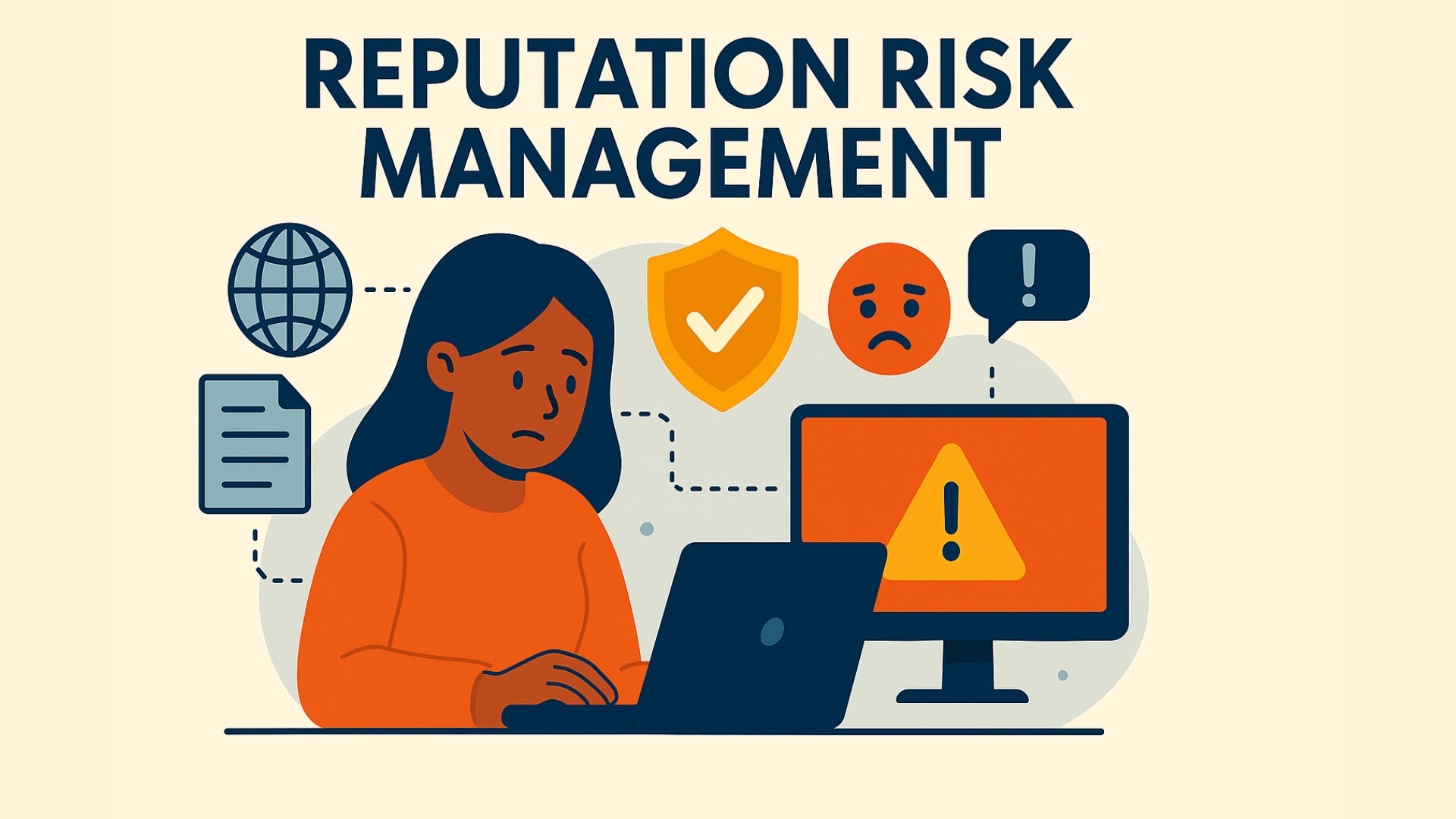
In the digital age, trust is everything and the reputation of a company is one of its most valuable assets. Brands work tirelessly to build trust through consistent service, transparent practices, and a commitment to quality. But in the digital age, where cyber threats are becoming more sophisticated, a single breach can destroy years of effort and erode customer loyalty.
Reputation Risk Management in cybersecurity is about understanding and mitigating potential threats to a company’s digital presence. Cyberattacks are no longer just technical issues handled by IT teams — they’re risks that can have far-reaching consequences, directly affecting brand perception, customer trust, and even financial stability. When an attack happens, the real damage extends beyond the immediate technical fallout; it strikes at the very heart of a company’s reputation.
Table of contents
Why Reputation Risk Management is Critical
Every day, companies face cyber threats that could jeopardize their image. A breach can tarnish trust with customers, damage relationships with partners, and lead to long-lasting financial consequences. Customers are more aware than ever of how their personal data is handled, and a data breach can lead to a loss of trust that’s difficult—and expensive—to rebuild.
In addition to the immediate financial costs, businesses often face more significant long-term challenges, including lost sales, reduced customer loyalty, and even regulatory penalties. Rebuilding a damaged reputation often costs more than recovering from the breach itself. This underscores the importance of integrating reputation management into your overall cybersecurity strategy.
Threats to Reputation
Cybercriminals have become more adept at using tactics like domain hijacking and domain spoofing to deceive customers and partners. By impersonating a legitimate company, they can launch phishing campaigns or steal sensitive information, leading to a loss of trust in the brand. Data breaches are also a significant risk, exposing personal data and causing long-lasting reputational damage. The public and media’s rapid spread of information means that a single security breach can have lasting effects on a company’s reputation.
What is Proactive Reputation Management?
Effective reputation risk management requires a proactive approach to cybersecurity. It’s not just about having security measures in place — it’s about fostering a company-wide culture of cybersecurity and ensuring that every department understands its role in protecting the brand. A strong incident response plan is essential, but so is transparency. If a cyberattack occurs, addressing the issue openly and quickly can help mitigate reputational damage and preserve customer trust.
Security measures should be robust and ongoing, involving everything from regular software updates to employee training and continuous monitoring of potential threats. Collaboration across departments is essential, as reputation management isn’t just an IT concern — it’s a company-wide responsibility. From public relations to legal teams, everyone must be prepared to respond swiftly and effectively when a breach occurs.
Additionally, implementing tools like captcha.eu can help prevent malicious bot-driven attacks, further protecting your brand from digital threats. Captchas are an effective solution to filter out automated threats that could disrupt services or harm your company’s digital presence. By using a user-friendly, privacy-compliant CAPTCHA solution, you can safeguard against attacks that could otherwise jeopardize your reputation.
Role of Email Security
One critical element of cybersecurity is email security. Cybercriminals often use spoofed email domains to impersonate businesses and trick customers. Implementing DMARC (Domain-based Message Authentication, Reporting, and Conformance) helps prevent these types of attacks by ensuring that emails coming from your domain are legitimate. This is essential to protecting your brand from malicious actors and maintaining customer trust.
Conclusion
Cyberattacks are inevitable — what matters most is how prepared you are. Integrating Reputation Risk Management with cybersecurity is crucial for any company. By making security a priority, investing in the right defenses, and being ready to respond when an incident occurs, businesses can protect their most valuable asset: their reputation.
As part of a comprehensive cybersecurity strategy, tools like captcha.eu provide an added layer of protection against automated threats, helping companies maintain the integrity of their digital presence and avoid reputational damage.
100 free requests
You have the opportunity to test and try our product with 100 free requests.
If you have any questions
Contact us
Our support team is available to assist you.




